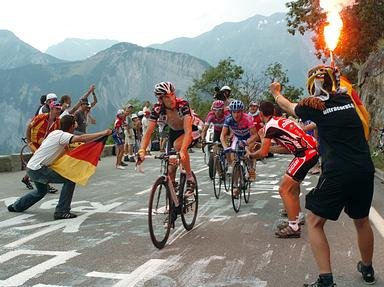Quiz Answer Key and Fun Facts
1. The race was organised in 1903 in order to increase the sales of the newly founded L'Auto magazine. Who was the winner of the first Tour de France in 1903?
2. Who was the first rider to win the Tour de France without wearing the yellow jersey (French: maillot jaune) until the final day and last stage?
3. They were all five-time winners of the Tour de France. However, which one of them, in one victory year, won all three classifications (general, points and mountains)?
4. The first six Tours were won by Frenchmen. Who was the individual that broke this French domination?
5. In 1989, after 3,285 kms (21 stages), 87 hours, 38 minutes and 35 seconds, the winner won by eight seconds. Who was the winner of the 1989 Tour de France?
6. The first year in which the race started in a country outside of France was in 1954. Where did the race start?
7. Who was the first rider from a Commonwealth country to win the Tour?
8. In 1919 the winner was Firmin Lambot (Belgium). There were to be 155 starters over the 5,560 km race. How many riders finished the race?
9. The cyclist with the most accumulated points in the mountain sections of the race wears which jersey?
10. Who was the first rider to win both the Tour and an Olympic gold medal in the velodrome?
Source: Author
zambesi
This quiz was reviewed by FunTrivia editor
Fifiona81 before going online.
Any errors found in FunTrivia content are routinely corrected through our feedback system.
